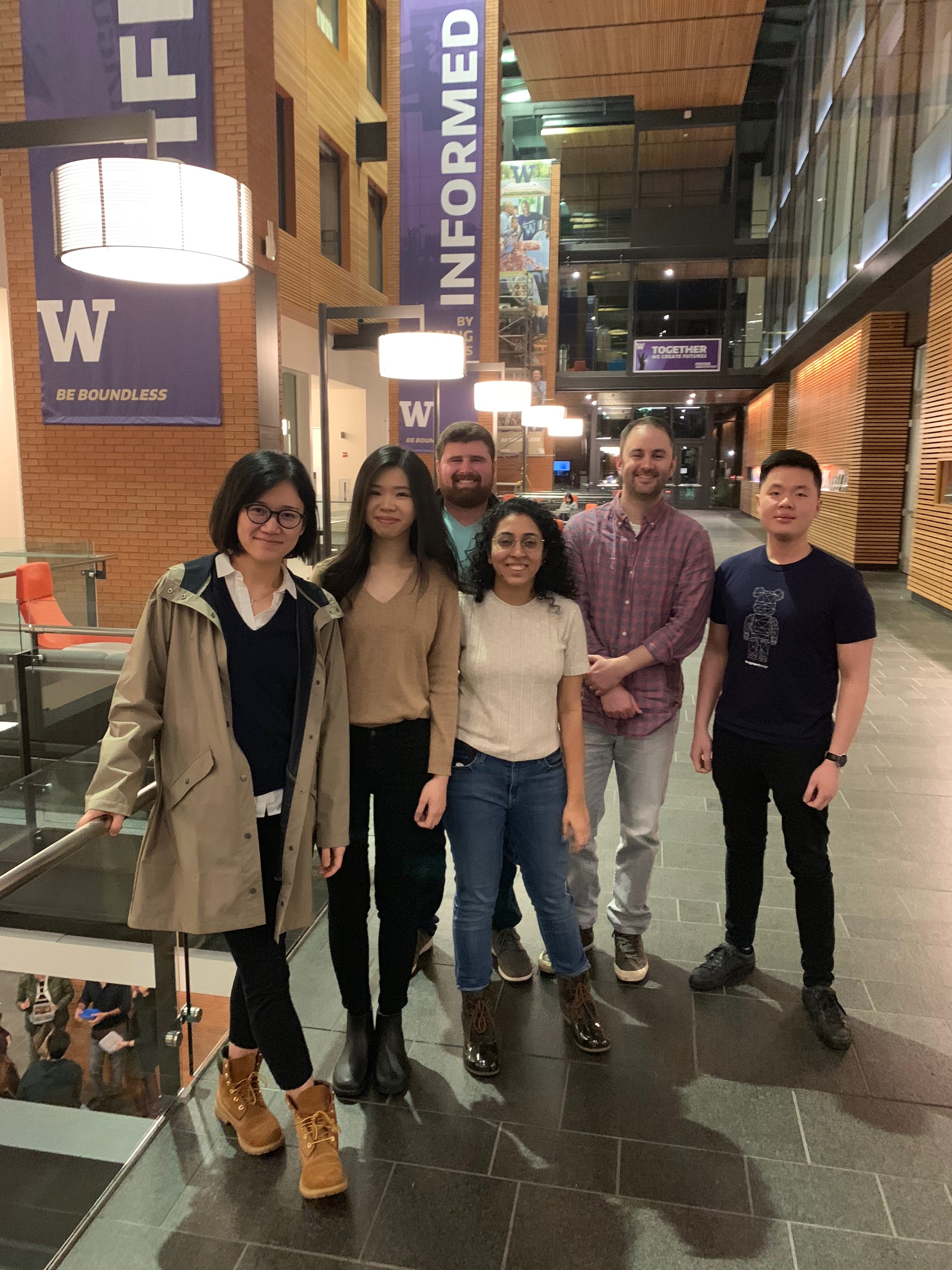The Secrets to Successful Simulated Supply Chains

Each year, Master of Supply Chain Management students participate in the Littlefield Competition, a computer simulated factory where student teams must design a supply chain management strategy in order to maximize revenue at the end of the game.The competition tries to emulate real supply chains; students receive simulated customer orders, buy raw materials and assemble the products in four steps across three workstations. There are penalties for late orders and bonuses for optimized lead times. They have to decide on questions like how many days can they commit to an order? How should they structure their strategy to prevent holdups between work stations? We sat down with three members of the winning team, Lisa Yan, Catherine Ng and Kevin Hendarto to learn more about their strategies and what they got out of the game.
Team work
Dividing up labor and having others validate the work helped the team prevent oversights. “One person will make mistakes,” Yan said. “We have three or four people to discuss options and think and update each other as things progress. We caught several mistakes through our cross-checking process.”
Competitive analysis
The team worked competitive analysis into their strategy by monitoring the changes in their competitors’ cash flow. They used this data as a proxy to understand the competition’s customer fulfillment strategy and purchasing habits.
Specialists not generalists
A big part of their strategy was team decision making and division of labor – certain people were responsible for certain tasks, ensuring nothing was missed by passing one task from person to person. “We designed how we work together, before the game as part of our strategy,” Yan said. “We realize that people have strengths and weaknesses and we all try and bring our strengths to the table,” Hendarto added. “Some people do the analyzing, some people do the checking, everyone working towards the end goal.”
Long term thinking
One of their biggest takeaways was to prioritize long-term thinking. Early on in the game, Yan and company saw money trickling into the coffers of other teams faster than theirs. But their goal was to have the most cash at the end or the game, so they stuck to their strategy. “I can relate this to real-world business, people who work in public companies usually look at stock price because they are responsible to stockholders. But you need to make decisions to benefit the company in long run.”
All three students commented on how exciting it was to apply classroom concepts from forecasting and operations management while they were in the middle of learning them. “Every hour and every minute counted, so we really needed to monitor very closely to make sure our decisions were effective and to make adjustments. It was fast paced and fun and kind of stressful. It’s kind of like what you face in real life business situations,” Yan said.
Congrats to the winning team!
